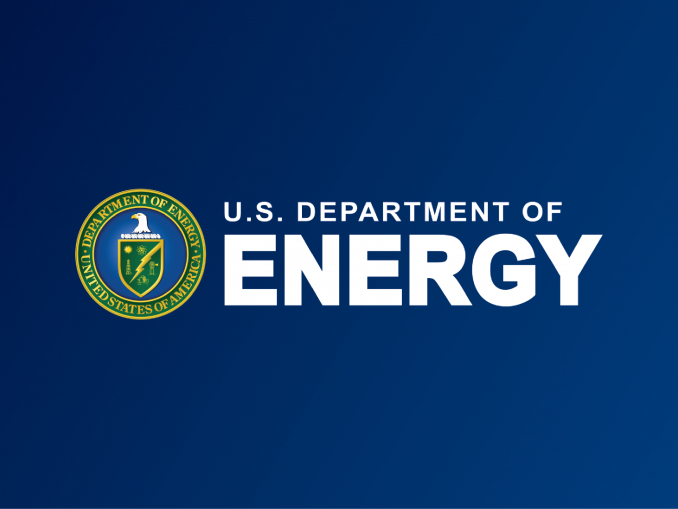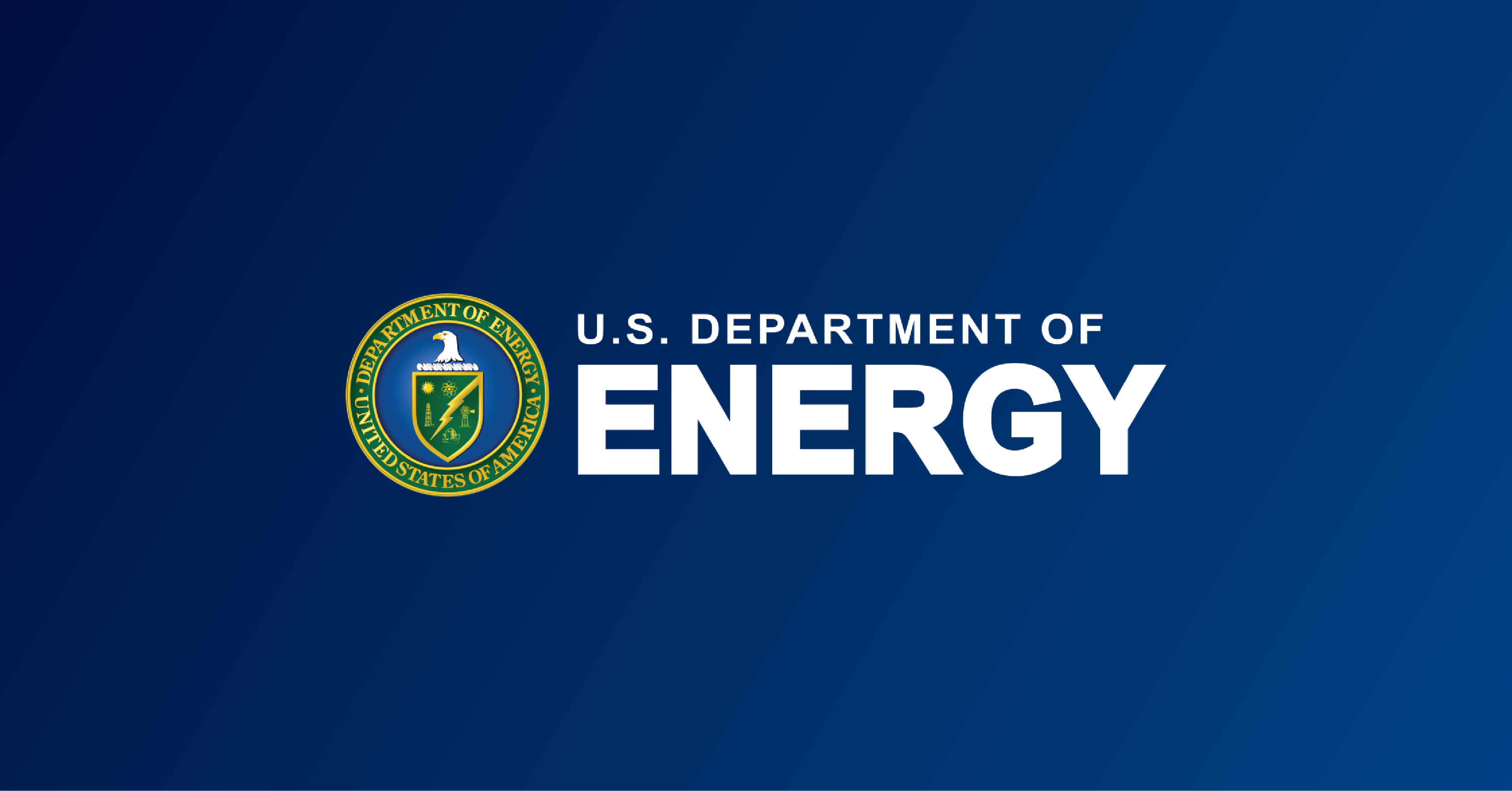Underserved and Indigenous communities in remote and rural regions of the United States have some of the highest energy costs in the nation. Households in these areas typically pay 33% more for electricity than households in more populated parts of the country. Geographic isolation, paired with workforce availability, make it difficult for these communities to attract financing for the development or maintenance of local energy resources. Energy efficiency projects have prohibitive up-front costs that keep households in these areas from implementing them. Add to that the fact that these communities are especially vulnerable to energy disruptions due to natural disasters and aging infrastructure.
The Office of Electricity (OE) is launching a program to help these communities get more reliable and affordable electricity. The Community Microgrid Assistance Partnership (C-MAP) will provide support to underserved and Indigenous communities in remote, rural, and islanded regions throughout the U.S., including Tribal nations, to develop or improve microgrid systems. The pilot program will focus on communities in Alaska, Hawaii and Tribal lands, primarily in the Great Plains and Southwest. In partnership with the National Renewable Energy Laboratory (NREL), OE is currently accepting proposals from these communities and the energy utilities that serve them until December 20, 2024. They will offer multi-community development initiatives to support early-stage microgrid deployment planning, as well as community-based microgrid development support, providing resources (including funding) to assess or improve microgrid development, planning or operation.
What are microgrids?
Microgrids are local power grids that can be disconnected from the main grid and work independently. Microgrids are especially useful in areas where there is no connection to the main grid, but they are useful generally because they can serve as backups if there is a main grid disruption. Microgrids can also be connected together to save costs or extend the duration of power supplies. Microgrids are already used in some isolated communities, but these are primarily diesel-powered, making them expensive. They also do not have the kind of reliability of grids in more populated areas. Microgrids that use renewable energy sources are more resilient and contribute to community self-sufficiency. Microgrids also come in many forms, so communities may employ microgrids that are suitable for their needs. Microgrid use is usually employed piecemeal, making it difficult to collect data to improve, monitor, or expand existing systems.
C-MAP will allow communities to create replicable microgrid systems that use local renewable resources and meet community-specific needs. The core of the program is a partnership of regional development agencies, community organizations, universities and educational programs and national laboratories that are matched with participating communities and offer support. This support can be in the form of workforce development for clean-energy jobs, raising capital for microgrid projects, designing community-specific microgrid systems, or planning for long-term sustainability. They will even help with the development of project proposals suited to the communities’ conditions and goals. The community assistance will last from 18 to 24 months. C-MAP will ultimately provide these remote and underserved communities stronger operation of microgrids, improved capacity to apply for private or public infrastructure funding, funding-ready proposals for new microgrids, relationships between communities and technical support organizations, and lower or stabilized energy costs from using locally available resources.
Project applicants can be community governments overseeing energy systems, local power companies, independent energy suppliers and community support organizations (such as Tribal governments) that provide energy services to remote, underserved and Indigenous communities. Not only will C-MAP help to alleviate the problems of individual communities struggling with energy costs and reliability, but it will also place these communities on the forefront of microgrid technology; lessons learned from C-MAP will be employed in projects throughout the country.
If you are interested in finding out more about C-MAP, click here.
Originally published at https://www.energy.gov/oe/articles/new-microgrid-program-help-underserved-and-indigenous-communities-0




